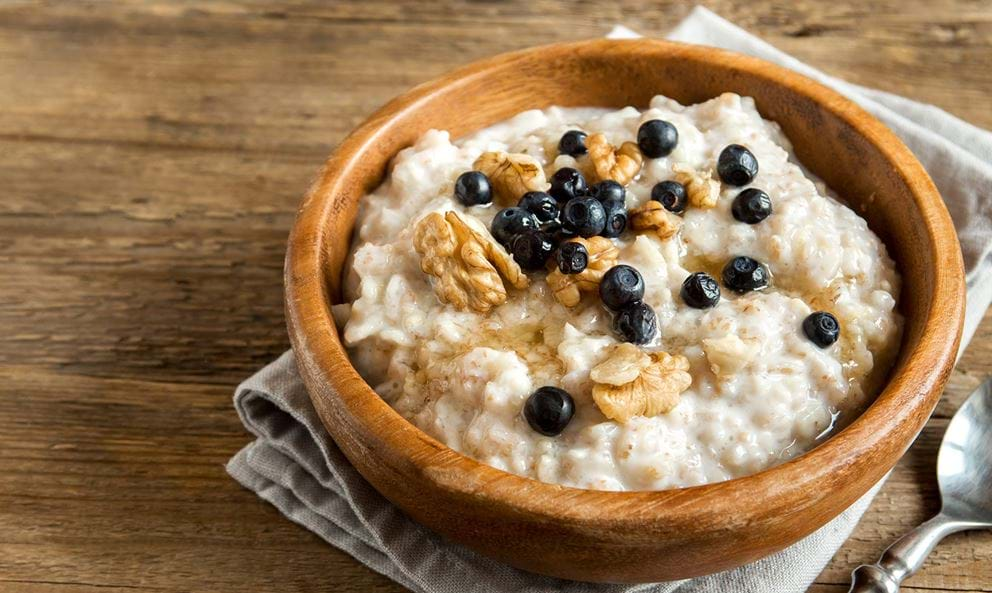Six Foods Proven to Keep You Feeling Fuller for Longer

For anyone actively cutting weight, or even just trying to tidy up their diet, reduce snacking, and improve their overall health, knowing how to fight against hunger pangs is a great asset.
Fortunately, there are a variety of foods which have been scientifically demonstrated to reduce hunger and keep people feeling fuller for longer. These include the following.
Ginger
A 2012 study1 published in Metabolism found that test subjects who had a breakfast drink made up of 2 grams ginger powder dissolved in hot water, experienced reduced feelings of hunger up to three hours after the meal.
The study also noted that ginger enhanced the thermic effect of food — meaning that the body would expend more energy digesting food. This can be used as a tool for weight management.
Ginger can be taken as a hot tea or mixed with stews or soups for a warming effect.
Cayenne Pepper
Research2 has found evidence that cayenne pepper leads to significantly enhanced feelings of satiety when eaten with a meal.
Cayenne pepper is a versatile foodstuff but works especially well when mixed into hot stews and soups.
Beans
A 2015 review3 in Trends in Food Science & Technology notes that foods combining protein and fibre are particularly satiating. Beans tick this box nicely, and other research4 has actually found beans to be more satiating than meats such as pork.
Beans can either be enjoyed on wholemeal toast (for added fibre), fried, or stewed.
Eggs
A 2005 study5 found that, compared to bagels, eating eggs for breakfast led to significantly increased satiety and reduced short-term food intake.
Eggs can be eaten in any of the standard breakfast formats; poached, scrambled, fried, boiled, or can be mixed with potato and other ingredients to form a more hearty Spanish-style omelette.
Oatmeal
Oatmeal is another food that’s been demonstrated6 to increase satiety and improve appetite control, and this is likely due, at least in part, to the combination of protein and fibre found in the food.
Oats can be eaten as oatmeal porridge, or they can be baked into bread, oatcakes, or flapjacks, or even blended into smoothies for some extra fibre content.
Walnuts
A 2010 study7 published in Obesity found that walnuts had a significant effect on increasing satiety among test subjects. Nuts are often recommended as a healthy filling snack, and depending on the variety of nut, they will tend to have a good balance of fibre and fats which may blunt hunger and reduce the urge to snack.
Walnuts can be eaten plain, gently roasted, mixed into salads or served as a dessert with Greek yoghurt but just make sure to not eat too much, as the calories can add up.
1 https://www.ncbi.nlm.nih.gov/pmc/articles/PMC3408800/
2https://www.researchgate.net/publication/315504393_Cayenne_pepper_in_a_meal_Effect_of_oral_heat_on_feelings_of_appetite_sensory_specific_desires_and_well-being
3 https://www.sciencedirect.com/science/article/pii/S0924224414002386
4 https://www.sciencedaily.com/releases/2016/12/161209100227.htm
5 https://www.ncbi.nlm.nih.gov/pubmed/16373948
6 https://www.ncbi.nlm.nih.gov/pubmed/24024772
7 https://www.ncbi.nlm.nih.gov/pmc/articles/PMC2998344/


